eCommerce: In-App & In-Game Purchases Explained
What Exactly Are In-Game or In-App Purchases?
What exactly are in-game or in-app purchases, and why are they having such an impact on eCommerce?
Article by Cihan Uzunoglu | September 17, 2024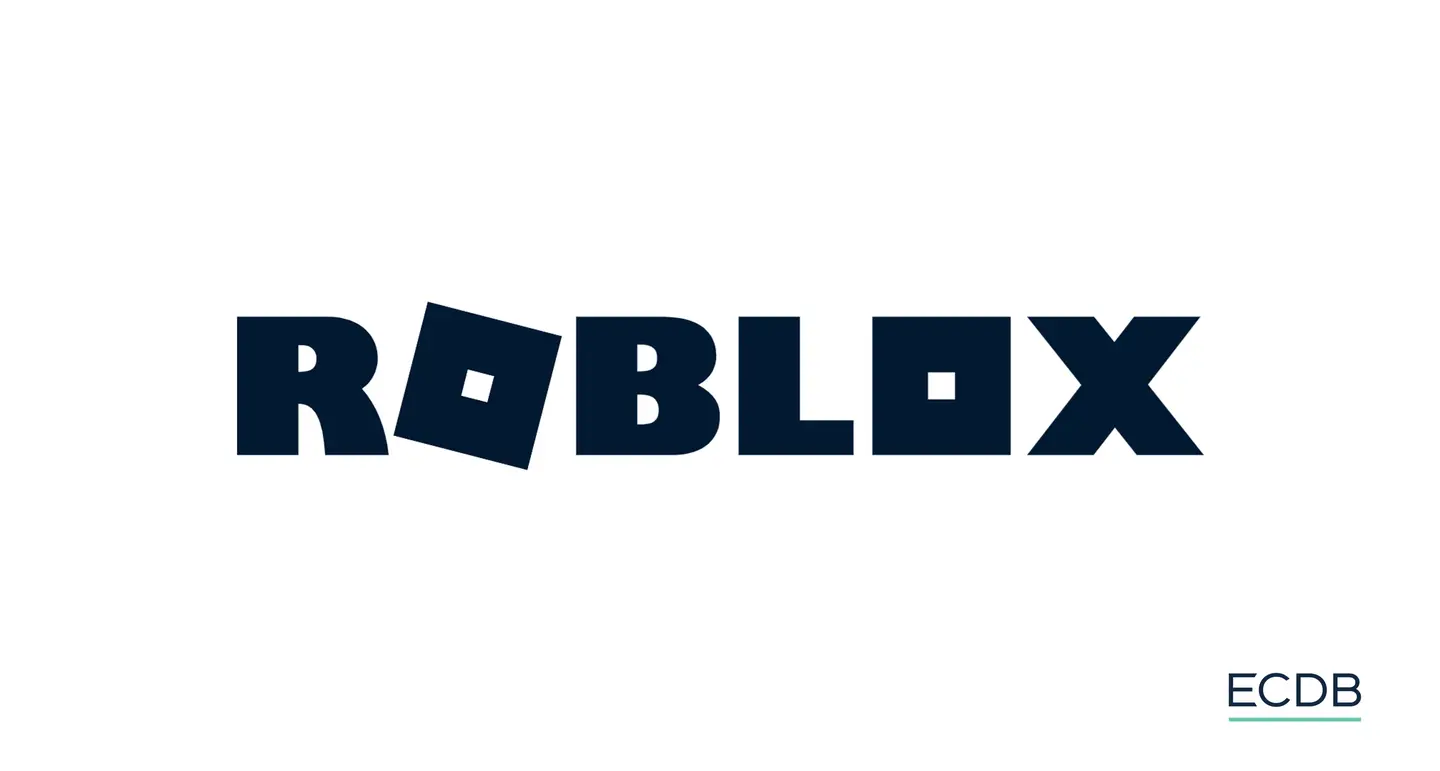
In-Game Purchases: Key Insights
Virtual Shopping Trends: Walmart's "Walmart Discovered" on Roblox highlights a trend of using virtual platforms for shopping, with other brands like 7-Eleven and the NFL also selling products and engaging younger audiences on Roblox.
Concerns About Virtual Purchases: While these initiatives on Roblox offer new shopping experiences, it raises concerns about young users being exposed to in-game purchases, shifting focus from entertainment to consumerism, and data privacy issues.
Metaverse Payment Leaders: PayPal leads Metaverse payments in the U.S. with 81% penetration, followed by debit cards (78%) and cryptocurrency (75%), but many users remain skeptical about VR and AR payments.
Freemium Model Success: In the first half of 2023, mobile games generated US$41 billion, or 60% of the app market's US$67 billion revenue, driven by the freemium model where free base games are enhanced through in-app purchases, as seen with major titles like "Honor of Kings" and "PUBG Mobile."
Ever shopped on your phone? Maybe ordered something from your Amazon app? We all have. Now imagine shopping inside your favorite game app. Power-ups, in-game money, or maybe just some clothes for your avatars and more.
That's something you would never do? Well, kids are doing it these days and Gen Alpha has a huge influence on their parents. So it's a huge digital market and Walmart recognizes it by buying into Roblox.
What Exactly Are In-Game or In-App Purchases?
Roblox, established in 2006, is a dynamic platform where users can create and play games. It operates on a virtual currency known as Robux, allowing players to make in-game purchases. These purchases, along with in-app purchases, represent a critical revenue stream in the gaming world.
In-app purchases occur within applications, often as microtransactions allowing users to buy virtual goods or benefits. In-game purchases are similar but specifically relate to buying items or currency within a game environment. Some examples are:
Virtual Currency: Players can buy Robux or other game-specific currency to spend on various virtual goods and upgrades.
Character Skins/Clothing: Purchase outfits or skins to customize the appearance of characters, making them stand out in the game.
Power-ups: Boosts that temporarily enhance a player's abilities or stats, such as speed boosts, invincibility, or increased strength.
Access to Premium Levels: Unlock new levels or zones that are not available to free players, offering new challenges and rewards.
Pay-to-Win Advantages: Benefits that significantly enhance a player's chance of winning, such as better armor, advanced abilities, or other competitive edges.
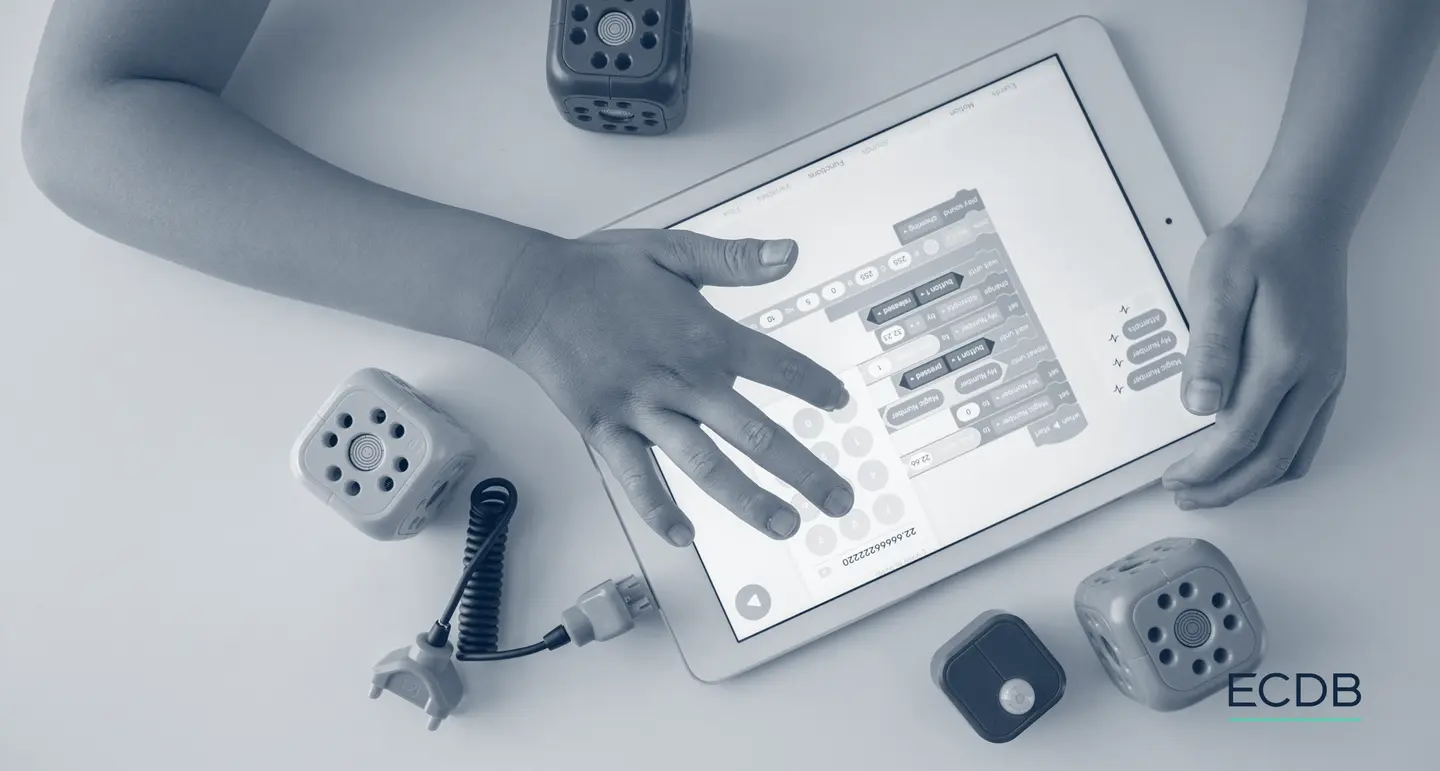
These monetization strategies are pivotal in the freemium business model, where the base game is offered for free but enhanced features or content are available for purchase. This approach not only keeps players engaged by encouraging ongoing investment but also opens vast monetization opportunities for developers.
This model's effectiveness is underscored by 2023’s financial reports: mobile games generated a staggering US$41 billion in the first half of the year alone, making up 60% of the total app market’s revenue of US$67 billion. Leading games like "Honor of Kings" and "PUBG Mobile" illustrate this potential, each generating billions in revenue and showcasing the substantial economic impact of these virtual platforms.
Top Digital Payment Methods:
PayPal is King in Metaverse Payments
Setting ethical considerations aside, how do consumers pay for their Metaverse purchases?
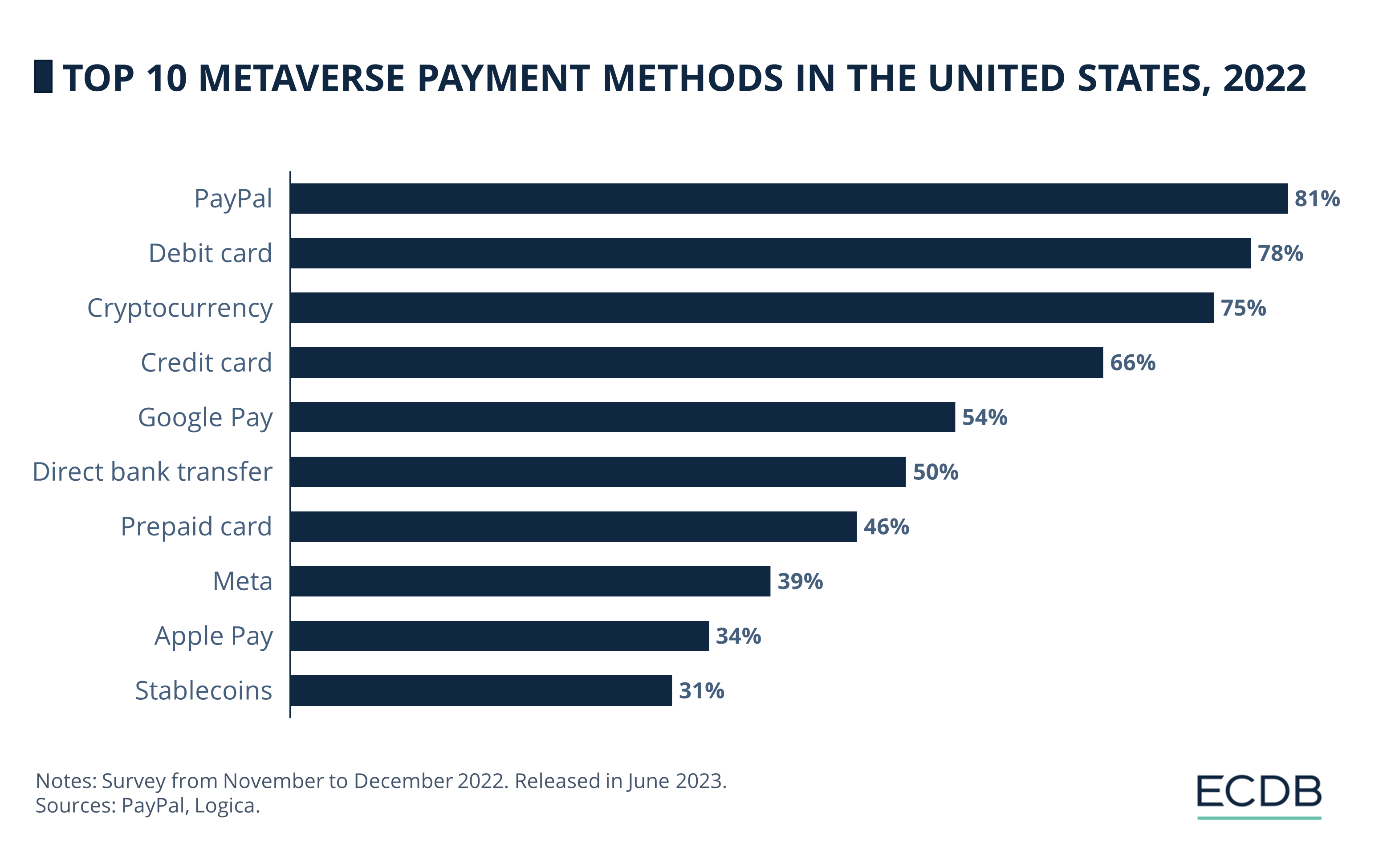
1. PayPal
According to data from PayPal and Logica, PayPal is the top Metaverse payment method in the U.S. with 81% penetration rate.
2. Debit Card
Behind PayPal, debit card is a close contender with 78% of users in the U.S. utilizing this payment method for their Metaverse purchases.
3. Cryptocurrency
A more novel payment method, cryptocurrency follows PayPal and debit card with 75%.
4. Credit Cards
Credit cards are also popular in this context, with two thirds (66%) of consumers in the U.S. making their Metaverse payments with this method.
5. Google Pay
Google Pay, at number 5, is used by 54% of Metaverse users in the U.S. for their purchases.
Other methods on the list include direct bank transfer, prepaid card, Meta, Apple Pay and Stablecoins, with percentages ranging from 31% to 54%.
Roblox Will Use Shopify
Shopify has partnered with Roblox to integrate its checkout feature directly into the gaming platform. This collaboration allows Shopify creators and brands to sell physical items, such as clothing and collectibles, within Roblox games without players having to leave the platform. The partnership aims to benefit both Roblox merchants and entrepreneurial creators.
To promote the integration, Shopify's president, Harley Finkelstein, appeared as a digital Roblox avatar in an explainer video. He joins a long list of marketers using gaming platforms to connect with younger audiences.. Other brands, such as E.l.f. Beauty and Warner Bros., have also experimented with commerce on Roblox.
This partnership comes as Shopify experiences business growth. In Q2, its revenue increased 21% year over year, reaching US$2 billion, and gross merchandise volume grew 22%, totaling US$67.2 billion. Shopify has also expanded its presence on other digital platforms, partnering with YouTube and Target to broaden its reach and tap into new markets.
In-Game Purchases:
Walmart Invests in Roblox
In September 2023, the U.S. retailer Walmart introduced "Walmart Discovered" on Roblox, responding to a growing interest in virtual platforms. This virtual experience, designed for users aged 13 and older, enables easy discovery of new experiences and virtual items across multiple devices.
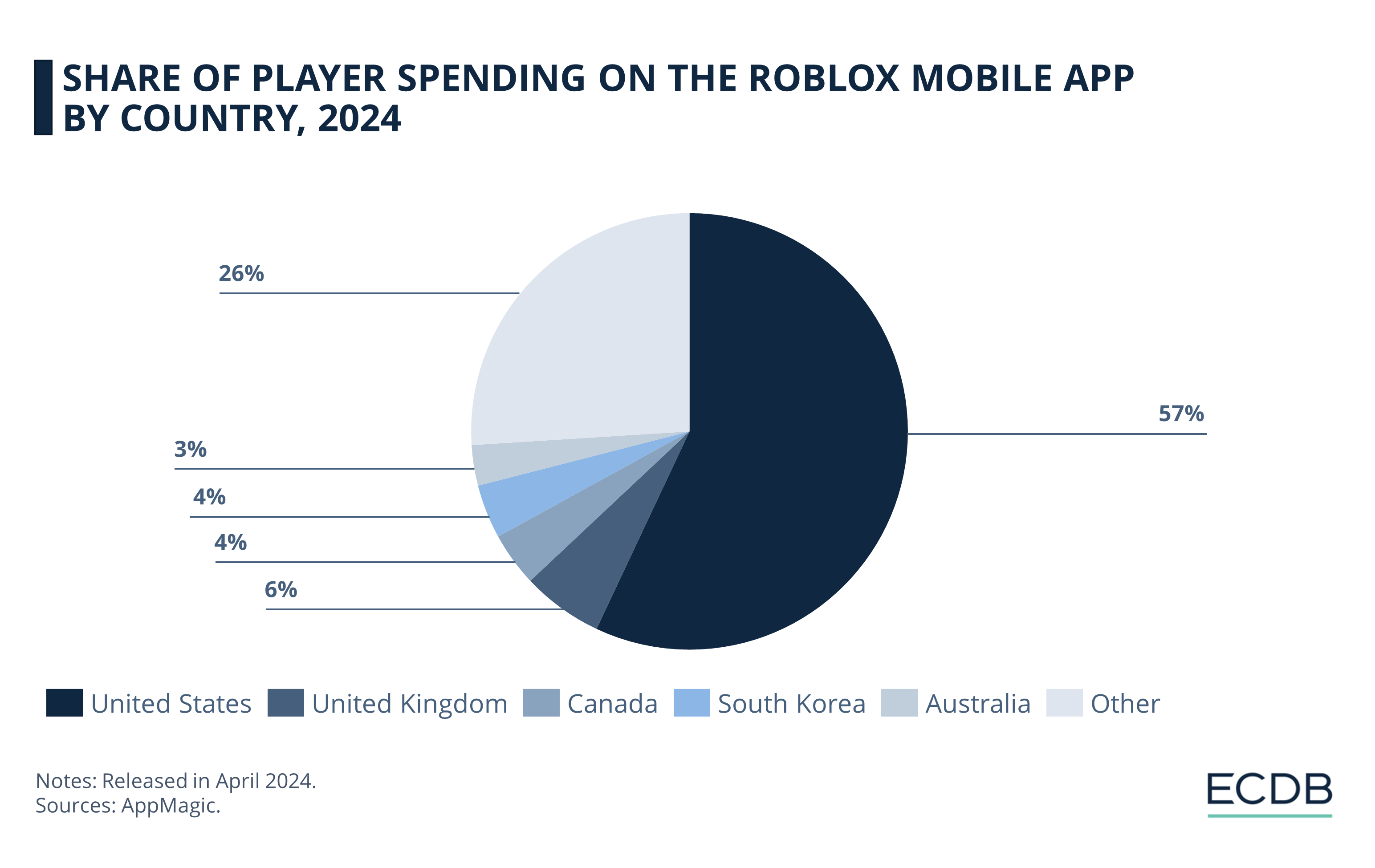
More than half (57%) of player spending on the Roblox mobile app comes from the U.S.
The United Kingdom also accounts for a significant share (6%).
While Canada and South Korea have the same share (4%) of player spending on the Roblox mobile app, Australia's share is slightly lower at 3%.
The remaining 26% is shared by the rest of the world.
In April 2024, Walmart updated this experience, allowing U.S. based gamers to buy real-world products within Roblox. This pilot eCommerce feature lets players purchase curated bundles that include physical items and corresponding digital versions for their avatars.
Developed in collaboration with Roblox creators, this integration of virtual and physical shopping aims to refine Walmart's in-game commerce strategy and cater to Gen Z consumers, enhancing engagement and tapping into virtual consumer trends. Since its launch, "Walmart Discovered" has seen over 20 million plays.
Roblox: Walmart Isn’t the First to
Cash in on Roblox
This journey from mere online presence to immersive, interactive shopping experiences exemplifies the potential of virtual environments to reshape retail. Walmart's venture with "Walmart Discovered" and similar initiatives by other companies demonstrate a strategic embrace of digital platforms to expand market reach and engage with younger demographics.
For instance, in August 2023, 7-Eleven launched a virtual car meet-up in Fortnite, merging social media elements with the Metaverse to enhance brand interaction. Similarly, the National Football League (NFL) introduced a virtual storefront on Roblox, offering virtual helmets for all 32 teams. This initiative not only capitalizes on the popularity of Roblox among younger audiences but also aims to cultivate a new generation of NFL fans, illustrating a move towards diversifying and modernizing fan engagement.
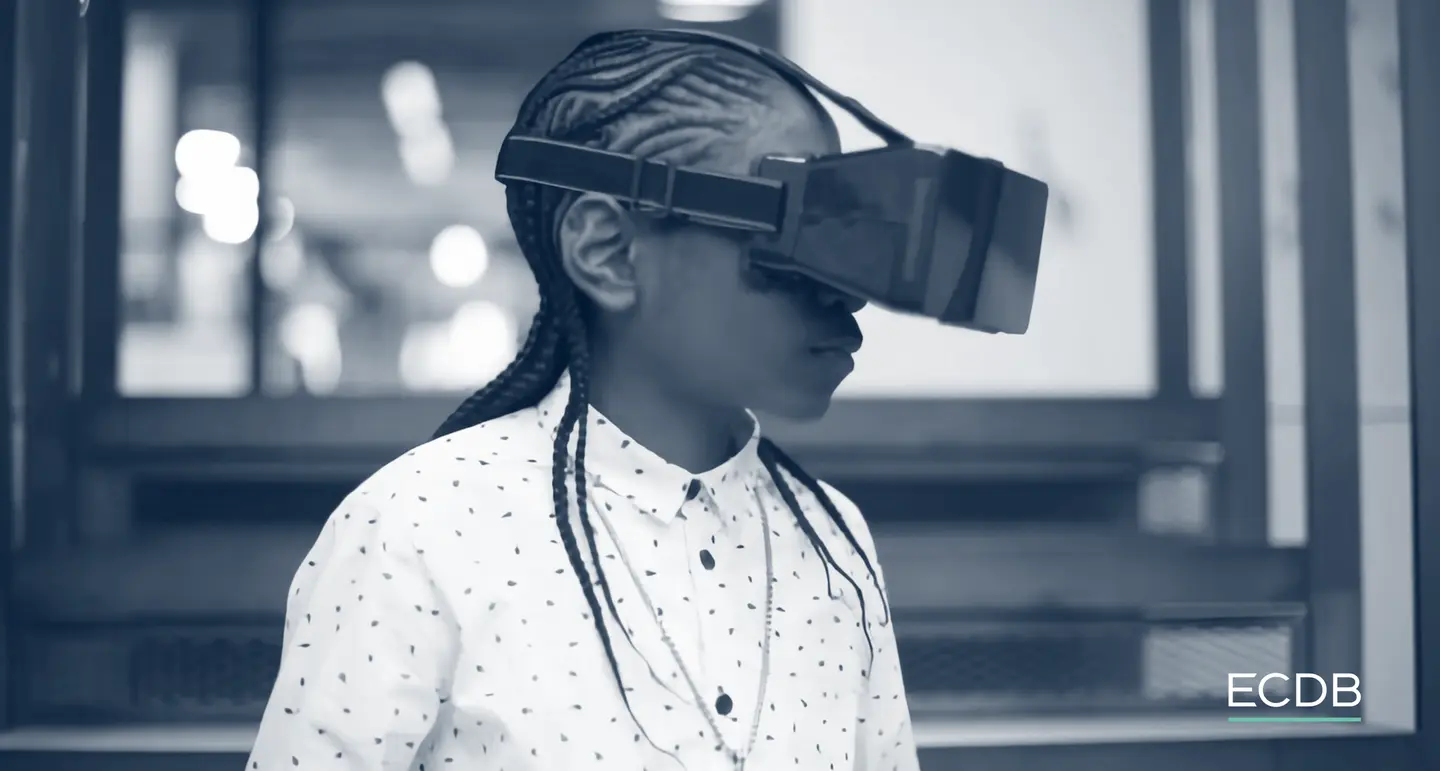
Roblox has become a focal point for brands aiming to connect with the digitally-native Gen Z audience. While initially leveraged primarily as a marketing tool, it's clear that the potential for monetization through physical goods is not just a concept but a developing reality. Early adopters like Chipotle, with their successful burrito campaign, have shown that integrating real-world rewards can significantly boost user interaction and brand loyalty.
The digital to physical sales model in Roblox, while still in its infancy, presents a formidable opportunity. Brands that have already established a foothold on the platform are well-positioned to capitalize on Roblox's expansive reach and highly engaged user base.
Roblox Audience by Age:
Is It All Good, Though?
Looking through the fun and lighthearted veneer of these innovations, there's another side to the coin. These features raise some concerns about the impact on young audiences who may not fully understand the implications of in-game purchases.
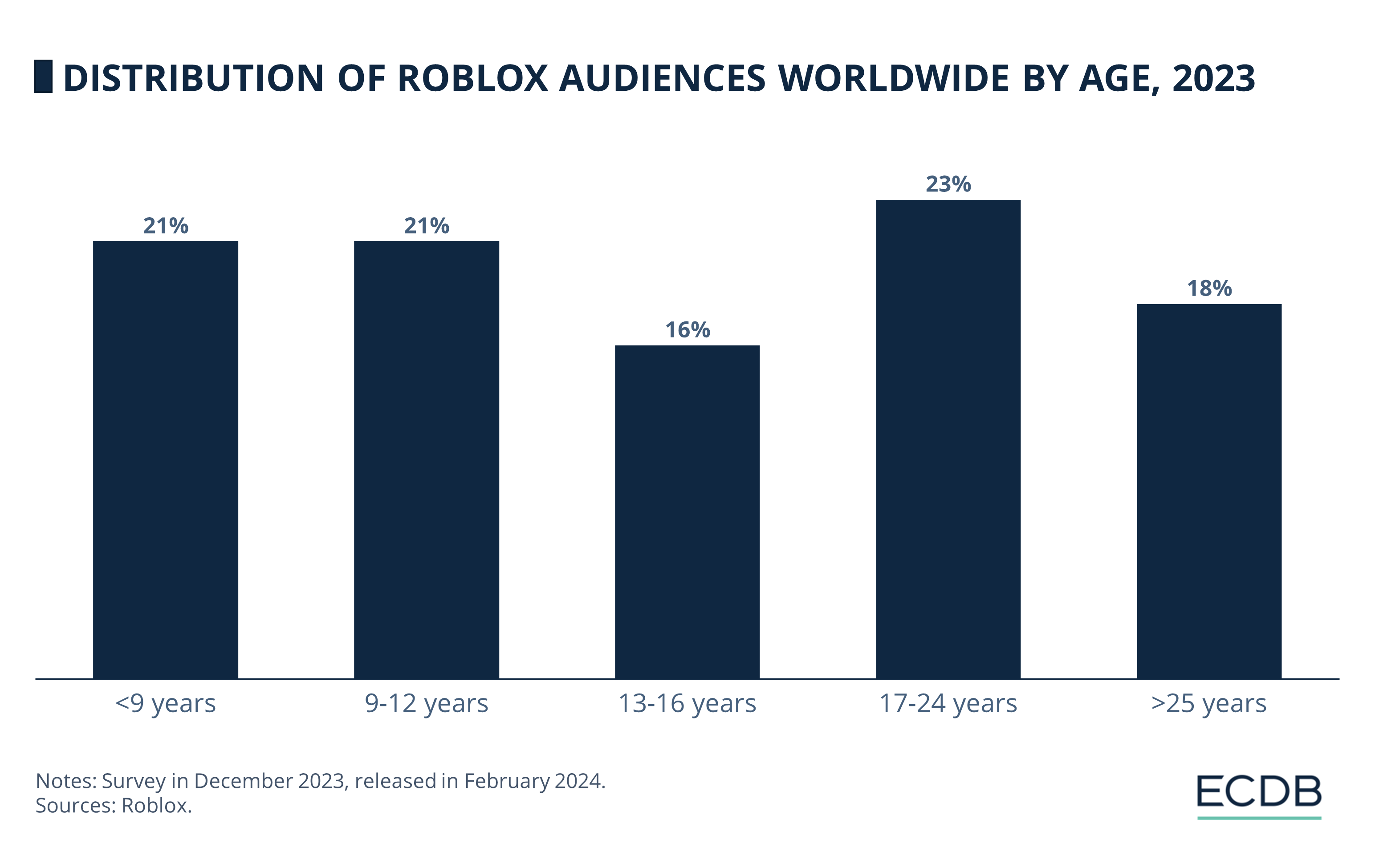
Case in point: Well above half (58%) of Roblox audiences worldwide are aged 16 or younger.
This integration blurs the lines between gaming and advertising, potentially shifting the focus from entertainment to consumerism and impacting the genuine social and creative nature of digital spaces.
Additionally, engaging in eCommerce on platforms like Roblox involves significant data collection, including sensitive personal and payment information. The ethical responsibility of protecting younger users from impulsive buying and ensuring robust data privacy measures is paramount.
Skepticism About Mixed Reality Payments
Virtual reality (VR) and augmented reality (AR) are a big part of the Metaverse. When talking about consumer payment behavior in the Metaverse, it is important to emphasize that it will take some time for these mediums to build trust as credible mediums through which users can make payments.
A study by the Paysafe Group shows that almost a third (29%) of respondents don't think they know enough about mixed reality (an umbrella term for VR and AR) to make payments using it.
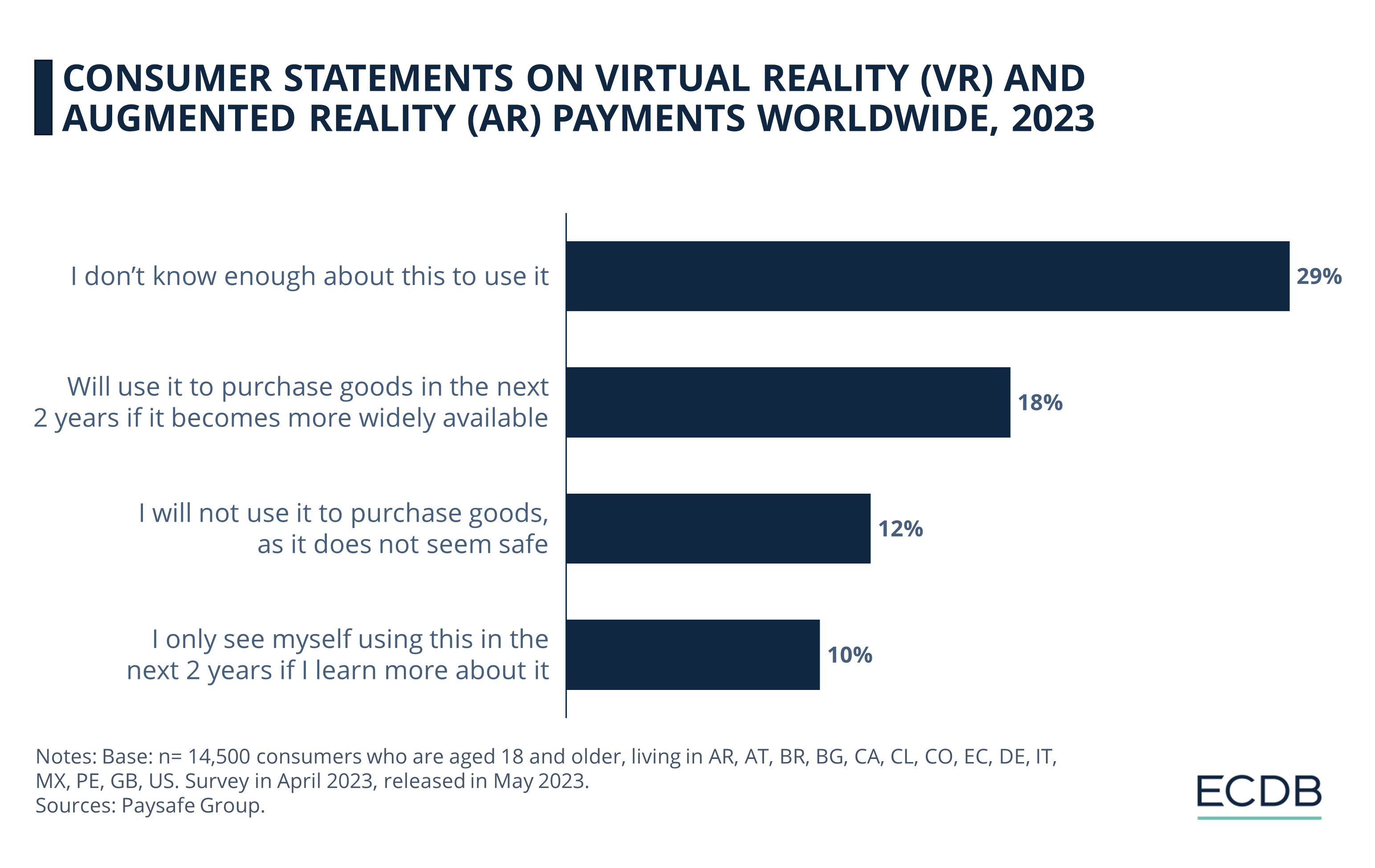
While about a fifth (18%) would consider it in the next few years if it becomes more common, 12% would not give it a chance. In addition, 10% believe they would use it in the next few years as they learn more about it.
In-Game Purchases: Closing Thoughts
Like with most innovations, technologies and applications around Metaverse and mixed reality will take some time to gain trust among consumers. Even electricity itself took some time before people thought it was useful.
While it may not be the best comparison, the point is that people need time to get used to novelties. Efforts like Walmart's and 7-Eleven's may make that transition easier or harder, depending on who you ask. As with most trends in eCommerce, we will just have to remain vigilant and see how the industry evolves.
Sources: Walmart, Retail Technology Innovation Hub, Metaverse Marcom, 7-Eleven, E-commerce Germany, Roblox, PayPal, Logica, Paysafe Group, Smithsonian Magazine, Statista, ECDB

Click here for
more relevant insights from
our partner Mastercard.
Related insights
Deep Dive
The Customer Journey in Online Shopping: It Begins with Search Engines
The Customer Journey in Online Shopping: It Begins with Search Engines
Deep Dive
Fast Fashion Online Market: Fast Fashion Is Not Fair Fashion
Fast Fashion Online Market: Fast Fashion Is Not Fair Fashion
Deep Dive
Otto: Can the German Retail Company Maintain Relevance and Drive Revenue in eCommerce?
Otto: Can the German Retail Company Maintain Relevance and Drive Revenue in eCommerce?
Deep Dive
AI in eCommerce: Better Deals, Greater Precision, and Easier Targeting
AI in eCommerce: Better Deals, Greater Precision, and Easier Targeting
Deep Dive
Temu and Shein: German Economy Minister Plans to Eliminate Duty Exemption
Temu and Shein: German Economy Minister Plans to Eliminate Duty Exemption
Back to main topics